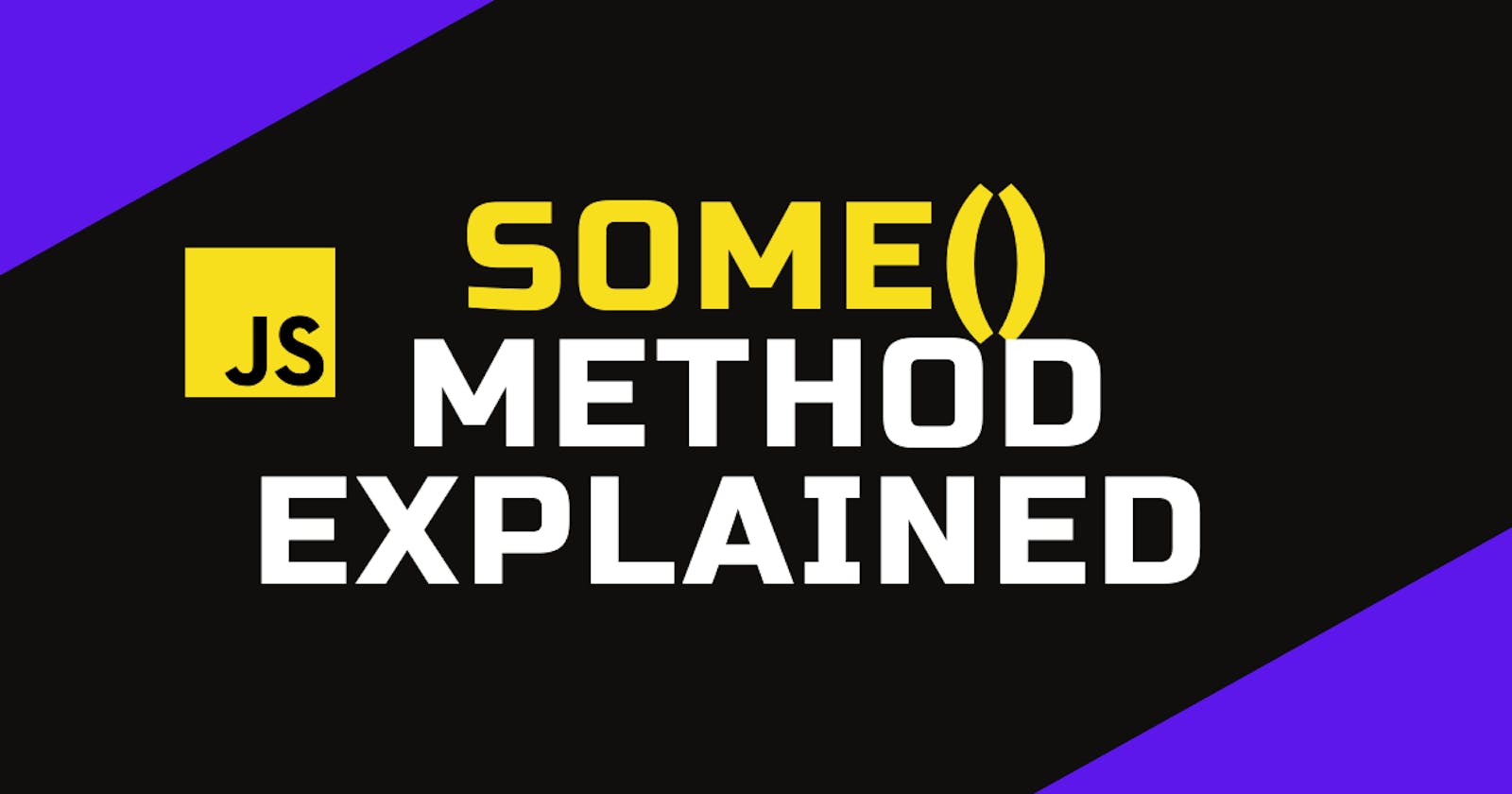The some() method tests whether at least one of the elements in the array passes the test implemented by the provided function. The result of the some() method is a boolean.
Let's see the syntax:-
const new = array.some(( v, i, a) => {
// return boolean
});
// newArray - the new array that is returned
// array - the array to run the map function on
// v - the current value being processed
// i - the current index of the value being processed
// a - the original array
The some() method can be thought of like a for loop, that is specifically for checking values. Let's see this example...
cost nums = [11, 12, 13, 14];
let aboveTwenty = false;
for(let i = 0; i < nums.length; i++) {
if(!aboveTwenty) {
aboveTwenty = nums[i] > 20;
}
}
// aboveTwenty = true;
This code results in a boolean, the result of the implemented. Yes, it works, but there is an easy to get this.
Now we will rewrite the previous function using the same() method.
const nums = [11, 22, 13, 14];
const aboveTwenty = nums.some(value => value > 20);
// allBelowTwenty = true;
Just see. No loop needed.
And using the arrow function we have a nice and clean function to create the same array. Because we only use the value, we only pass that to the some() method.
Let's peek to another example:
const nums = [11, 22, 13, 14];
const nums2 = [34, -1, 16, 75];
nums.some( value => vaue < 0 );
// returns false
nums2.some( value => vaue < 0 );
// returns true
The first statement returns false because not a single item in the nums array is smaller than 0.
I'm done! Read more;-
Thanks For Reading! Comment below if anything is going on your mind.

